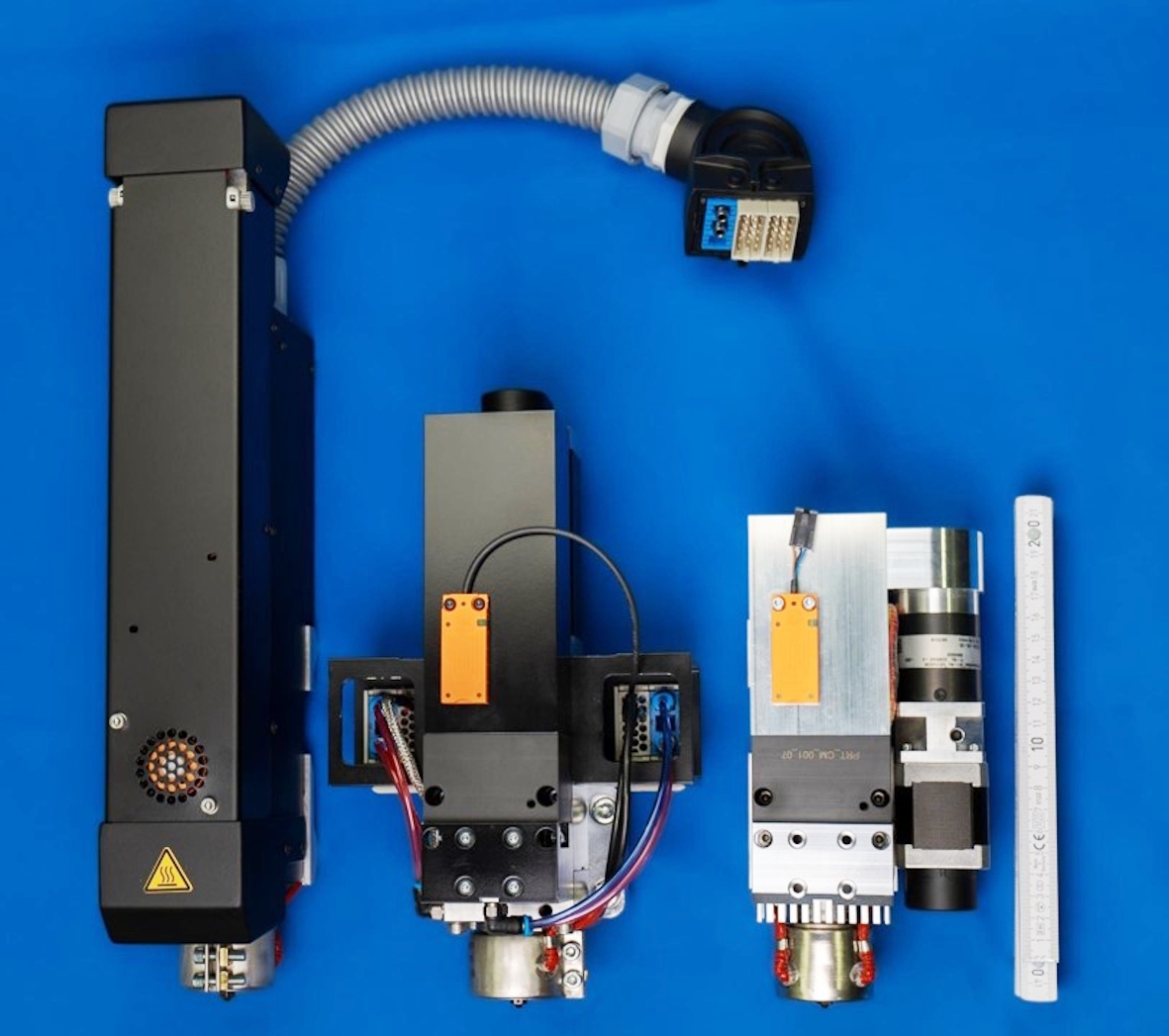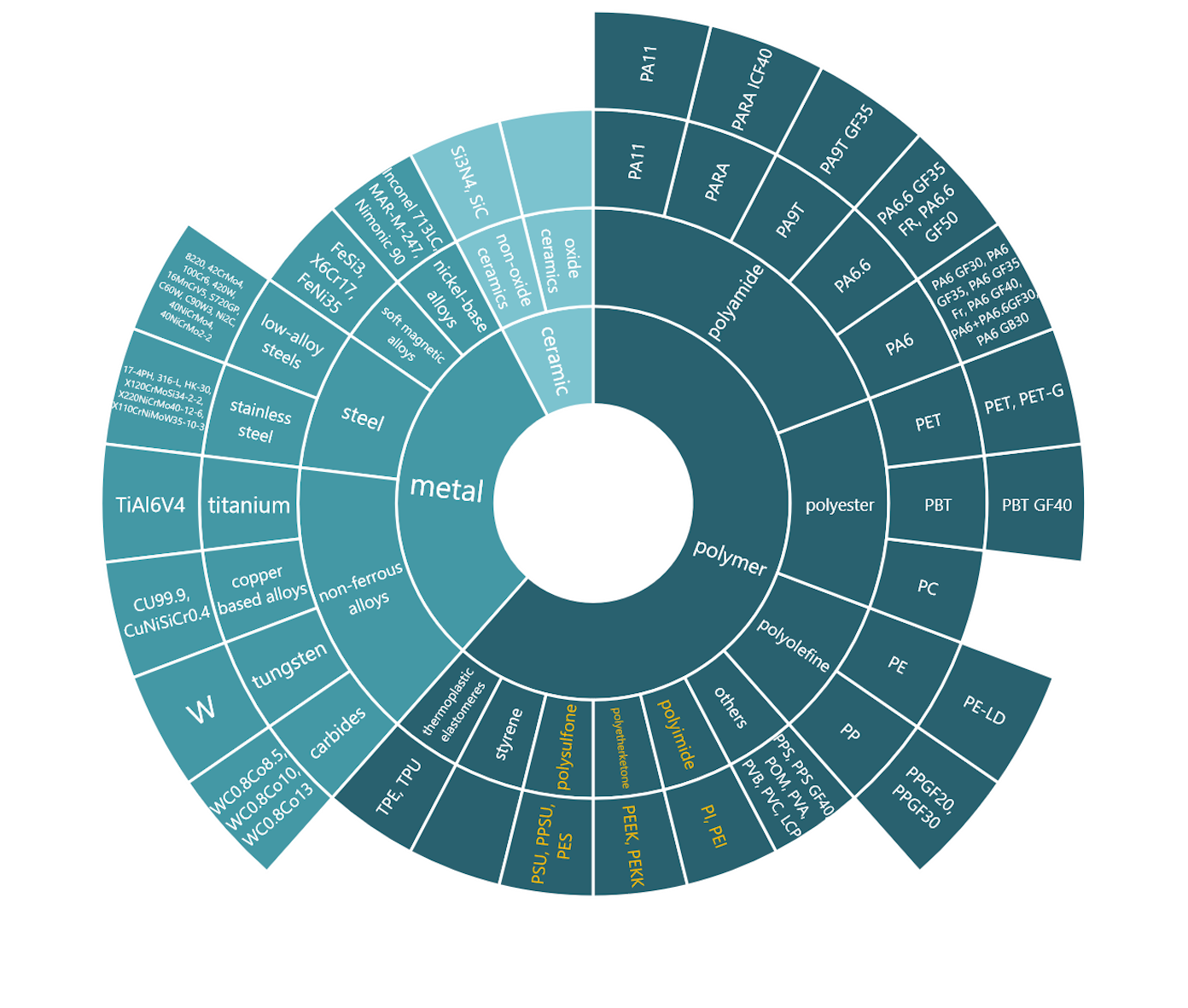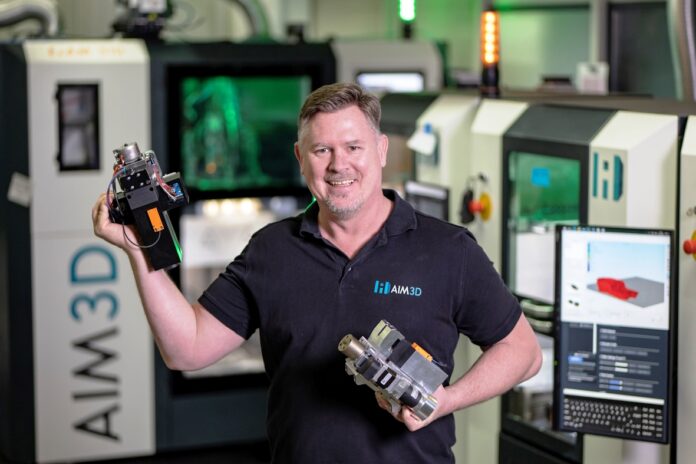When used in 3D printing, the CEM extruders can be used in large-scale printers, process combinations, or robotic systems
Machine manufacturer AIM3D GmbH has developed universal pellet extruders that can be used both for 3D printing and refinement applications such as coating or joining.
Named CEM extruders, their integration into third-party systems expands the spectrum of 3D printing.
“Our approved CEM extruders are characterised by material diversity, robustness and reproducibility. A special feature when using polymer pellets is the cost advantage in material input compared to 3D printing with filaments, but also improved mechanical properties. The transfer of the CEM technology through application-related, separate extruders as universal pellet extruders universally opens up a variety of new areas of application for third-party suppliers,” Daniel Selck, CSO of AIM3D states.
As a reminder, since 2017, AIM3D has been focusing on 3D pellet printers, which, as opposed to FDM 3D printers, process pellets instead of filaments. The significantly lower material costs for pellets, together with the possibility to also use reclaimed material, form the basis for the high cost-effectiveness of this AM production strategy with 3D pellet printers.
 The CEM extruders
The CEM extruders
The objectives of using CEM extruders are cost reduction, lightweight construction, bionic designs or the optimisation of certain material groups. The CEM extruders CEM E2 and CEM E3 are the “in-house” extruders for the 3D printer series ExAM 255 and ExAM 510 from AIM3D.
The build rate of a CEM extruder from AIM3D is currently 150 cm³/h. According to the manufacturer, the aim is to eventually achieve build rates of 300 to 600 cm³/h. With this, processing volumes of 1,000 to 4,000 kg per year could be reached. These figures refer to components with a maximum layer thickness of 300 µm and the use of a 0.5 mm nozzle on the 3D printer and are therefore comparable to 3D components made using fused deposition modelling (FDM). Reproducibility, i.e. the repeatability of the process, is crucial for the construction of a 3D component. For users, this is a key point to ensure consistent component quality, especially in the series production of small and medium-sized batches.
 Material diversity of CEM extruders
Material diversity of CEM extruders
When using ULTEM™ 9085 with the CEM technology, the homogeneities that can be achieved are comparable to those obtained from injection molding technology.
The material PEI is also flame-retardant in accordance with UL 94-VO. PEI is therefore suitable for high application temperatures, that is, permanently 180 ºC (217 ºC up to glass transition). As a result, 100% higher elongation at break is achieved compared to FDM printers. PEI therefore opens up numerous areas of application in automotive, aerospace, machine industry, rail vehicles and defence technology with high economic efficiency.
Lastly, the range of materials is also supplemented by the processability of ceramic or metallic materials.
Remember, you can post job opportunities in the AM Industry on 3D ADEPT Media free of charge or look for a job via our job board. Make sure to follow us on our social networks and subscribe to our weekly newsletter : Facebook, Twitter, LinkedIn & Instagram ! If you want to be featured in the next issue of our digital magazine or if you hear a story that needs to be heard, make sure to send it to contact@3dadept.com






